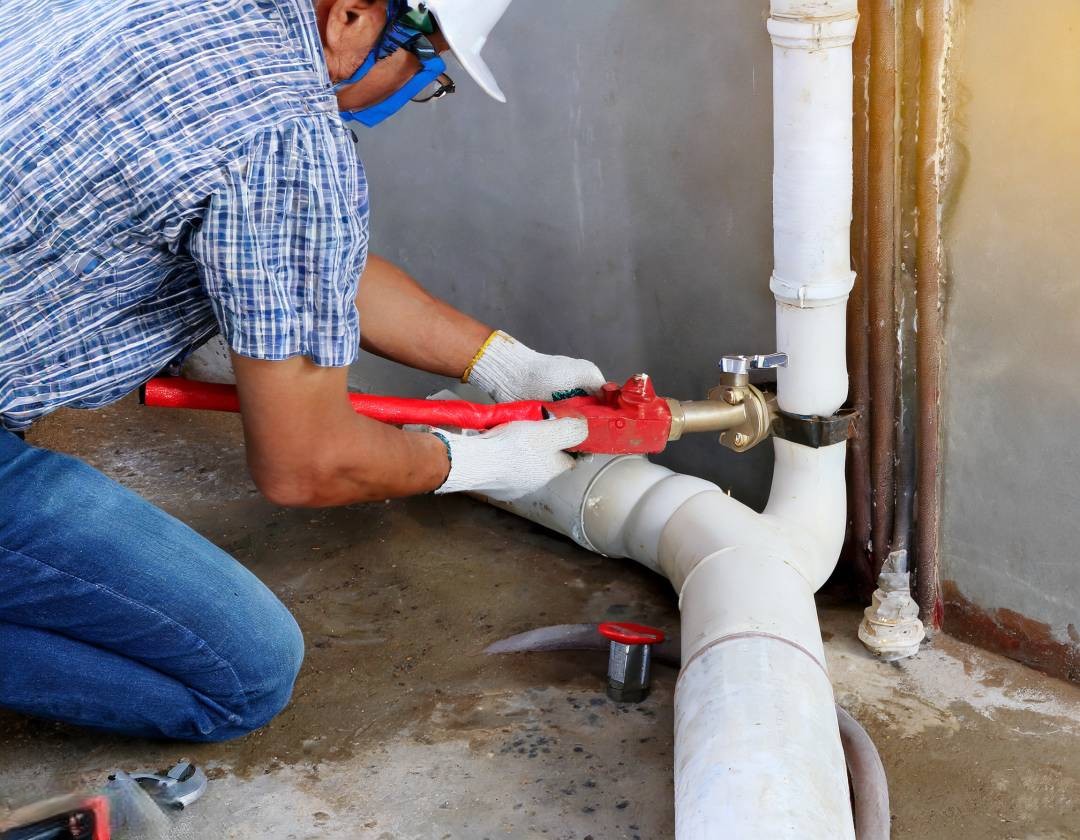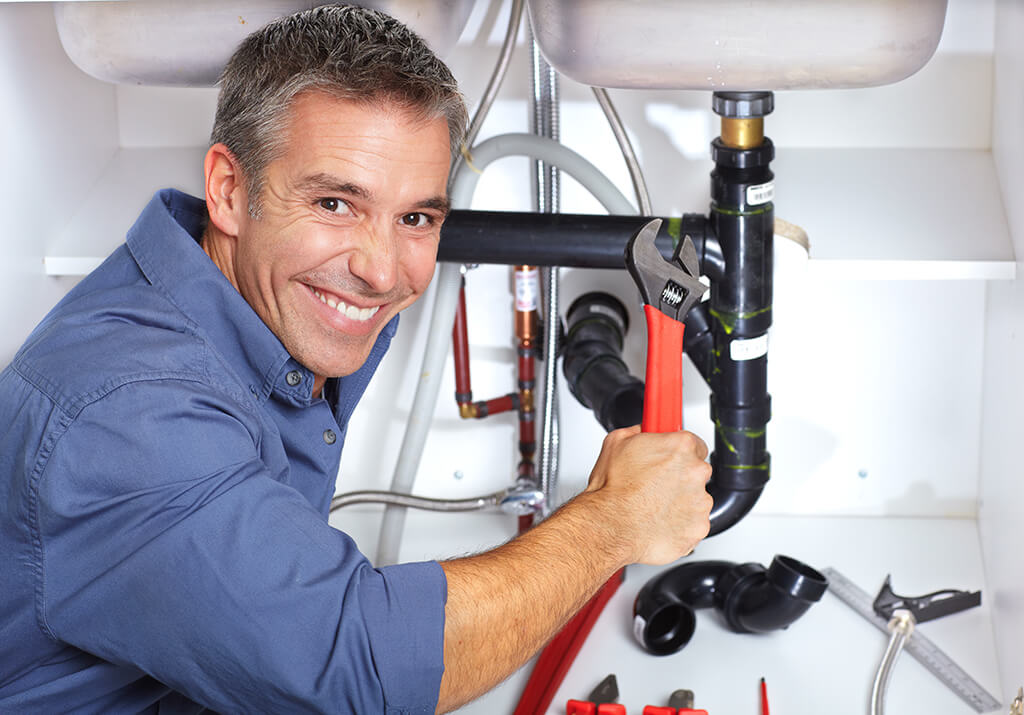Just about every person will have his or her own piece of advice in relation to Plumbing Issues in Older Properties and How to Fix Them.

Older homes typically come with charm, character, and background, but they can additionally bring a host of pipes issues. Whether you're taking care of aging pipes, low water pressure, or leaks, recognizing just how to address these common troubles is vital to keeping a safe and useful home. In this guide, we'll discover the regular pipes challenges dealt with by older homes and give sensible remedies to keep your plumbing in top form.
Comprehending Typical Pipes Concerns
Aging Pipelines
One of the most typical problems in older homes is maturing pipelines. Depending upon the era in which your home was developed, the pipelines may be made from materials that have actually degraded with time, such as galvanized steel, cast iron, or perhaps lead. These materials can corrode, become fragile, or establish leaks, leading to water damage and possible health hazards.
Water Top Quality Testing
Older pipelines can affect the quality of your water. Conduct a water high quality test to look for pollutants such as lead, rust, or various other contaminations that may be presented by aging pipelines.
Solutions for Typical Pipes Problems
Changing Aging Pipes
If your home has old, deteriorating pipelines, think about changing them with modern-day products like copper or PEX. This can be a considerable investment, but it will certainly stop future issues and improve the safety and security and dependability of your pipes system.
Fixing Low Water Pressure
To take care of low tide stress, beginning by cleansing or replacing old fixtures and getting rid of mineral buildup in the pipelines. If the trouble persists, it might be essential to replace sections of rusty pipelines.
Repairing and Replacing Leaking Pipes
For tiny leakages, you can make use of pipe clamps or epoxy putty as a temporary solution. Nonetheless, it's best to change dripping pipes totally to prevent further damages.
Updating Fixtures
Upgrading old fixtures to modern-day, water-efficient models can improve your home's plumbing performance and reduce water intake. Look for fixtures with the WaterSense tag for the best effectiveness.
Dealing with Pipe Rust
If your pipes are rusted, replacing them with corrosion-resistant materials like copper, PVC, or PEX is the best service. Routine inspections and water quality upkeep can help prevent even more rust.
Low Tide Stress
If you're experiencing low tide stress, it could be because of natural resources, rust inside the pipelines, or old fixtures that are no longer working efficiently. This can be a significant inconvenience, especially in areas like showers and sinks.
Dripping Pipelines
Leaks are one more regular problem in older homes, typically caused by rusty or damaged pipes. Also tiny leakages can result in substantial water damages, mold growth, and boosted water expenses otherwise dealt with promptly.
Out-of-date Components
Out-of-date plumbing components such as faucets, toilets, and showerheads not just look old however might also be much less reliable, susceptible to leaks, or inappropriate with modern-day plumbing criteria.
Pipe Rust
Deterioration is an usual issue in older pipes, specifically those made from galvanized steel or actors iron. Rusty pipelines can limit water circulation, cause discoloration, and at some point bring about leaks or pipeline ruptureds.
Analyzing the Condition of Your Pipes
Examining Noticeable Pipelines
Begin by inspecting any kind of noticeable pipelines in your house, such as those in cellars, crawl spaces, or under sinks. Seek indicators of rust, leakages, or rust, which can show underlying issues.
Checking for Leakages
Look for leakages by evaluating areas around taps, toilets, and under sinks. You can additionally monitor your water meter prior to and after a duration of no water make use of to find surprise leakages.
When to Call a Professional
While some plumbing issues can be managed with do it yourself solutions, there are times when it's best to call a specialist. If you're taking care of significant leakages, extensive deterioration, or are not sure about the condition of your pipelines, a licensed plumbing can provide professional assessment and fixing.
Preventive Maintenance Tips
Normal Evaluations
Regularly check your pipes system for signs of deterioration. Catching issues early can protect against pricey repair services down the line.
Water Pressure Guideline
Guarantee your water stress is within the recommended range to avoid stressing your pipelines and fixtures. A plumbing can set up a stress regulatory authority if needed.
Water Quality Maintenance
Mount water filters or conditioners if your water quality is poor. This can protect your pipes and components from damages brought on by difficult water or impurities.
Proactive Pipe Replacement
If your home has very old pipes, think about positive substitute before significant problems arise. This can conserve you from emergency repair services and water damage.
Verdict
Taking care of plumbing concerns in older homes requires a mix of vigilance, preventative upkeep, and timely upgrades. By recognizing the usual difficulties and understanding when to seek specialist assistance, you can ensure your pipes system continues to be practical and trusted for several years to come.
Common Plumbing Issues in Older Homes and How to Fix Them
Owning an older home in Australia comes with its unique charm and a set of challenges, especially when it comes to plumbing. The Sunshine Coast has many older properties that can harbour plumbing problems that aren t just inconvenient but potentially costly. Here s a look at some common plumbing issues in older homes and expert advice on how to handle them.
Outdated Piping Materials
Many older homes were built with galvanised steel, cast iron, or even lead pipes, materials that are far from ideal by today s standards. Galvanised pipes are prone to corrosion and clogging, while lead pipes pose serious health risks.
How to Fix:
Replacing old pipes is a job for a professional. Upgrading to copper or PVC piping not only enhances water quality and flow but also increases the property s safety and value. If you suspect your home has outdated materials, a licensed plumber can conduct a thorough inspection and recommend the best course of action.
Corrosion and Pipe Degradation
Over time, exposure to water and minerals can cause pipes to corrode, leading to leaks, bursts, and water contamination. Corrosion is especially common in homes over 50 years old.
How to Fix:
Regular inspections can catch early signs of corrosion. If corrosion is found, the affected section of piping often needs to be replaced. For homes with extensive corrosion, a complete plumbing overhaul might be necessary. It s crucial to consult with a plumbing expert to understand the extent of the issue.
Tree Root Intrusion
Older neighbourhoods usually have mature trees whose roots can intrude into pipe lines, causing blockages or damage. This is particularly problematic for sewer lines, where roots seek out water sources.
How to Fix:
A plumber can use a specialised camera to inspect sewer lines for root intrusion. If roots are a problem, methods like root cutting or hydro-jetting can clear the obstruction. In severe cases, part of the pipe may need replacing. Consider root barriers around the piping to prevent future issues.
Inadequate Water Pressure
Low water pressure in older homes can be due to various factors, including corroded water lines, sediment build-up in pipes, or outdated fixtures.
How to Fix:
First, check if the low pressure is isolated to one area or throughout the house. Replacing old fixtures can sometimes resolve the issue. However, if the problem is more widespread, it might be due to sediment or corrosion. Flushing the system or replacing the affected pipes usually restores normal pressure. Again, a professional assessment is advisable.
Outdated Fixtures
Older homes often feature fixtures that are not only visually dated but functionally inefficient. This includes everything from toilets and taps to showerheads and washing machine hoses.
How to Fix:
Updating these fixtures can improve both water efficiency and the aesthetic appeal of your home. Modern fixtures are designed to conserve water, which can significantly reduce your water bill and lessen your environmental impact.
Conclusion
Maintaining the plumbing in an older home requires a proactive approach. Regular checks and updates are key to preserving these beautiful properties. If you re facing plumbing issues in your older home, it s best to call on experienced professionals like Green & Gold Plumbing & Gas. With the right expertise, even the most daunting plumbing problems can be resolved, ensuring that your home s character is maintained while its functionality is enhanced.
https://gandgplumbing.com.au/common-plumbing-issues-in-older-homes-and-how-to-fix-them/

I came across that content about Plumbing Issues in Older Properties and How to Fix Them while scouting around the web. Are you aware of another individual who is in to the niche? Feel free to share it. Thanks for taking the time to read it.
Call Today